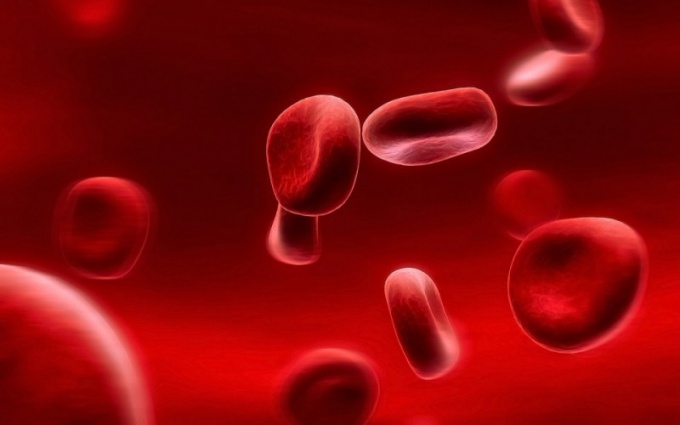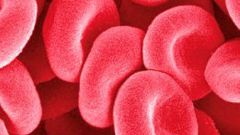Usually, a normal amount is considered to be 0-2 units in the field of view. Slight or significant increase should be a cause for concern and immediate referral to a specialist.
The main reasons for the increased normal increased: kidney disease (e.g., pyelonephritis, glomerulonephritis), kidney stone disease, inflammatory processes in the bladder and urethra (cystitis, urethritis). In kidney disease is often appear lower back pain, and can increase the body temperature. Stones cause periodic bouts of acute colic. Inflammation of the bladder can cause pain in the inguinal region, worse during urination. In the urine it is possible to notice the presence of the admixture of blood. Much less red blood cells are increased in tumors of kidney and prostate disease.
Perhaps before passing a urine test you have taken any drugs. Some of them can also lead to increased level of white blood cells.
The diagnosis affects the structure of the blood cells. Changed cells do not contain hemoglobin and unmodified erythrocytes contain it.
It should be remembered that the absence of erythrocytes in the second and subsequent portions is evidence of mechanical damage of the urethra (for example, minor trauma or crack). A more accurate origin of blood cells may be determined only by careful examination with the microscope. High red blood cell count in the third portion is an indication that the violations are in the bladder.





